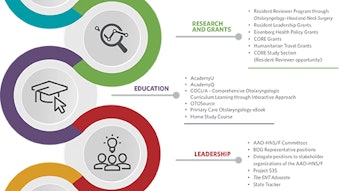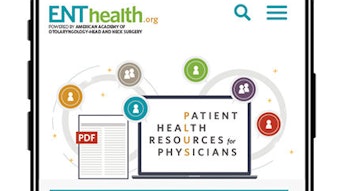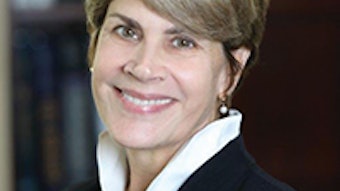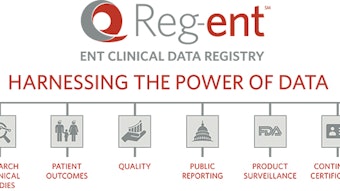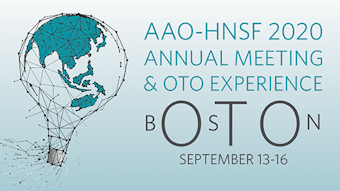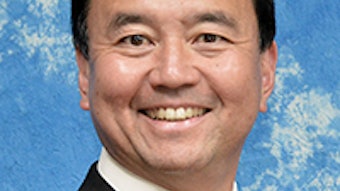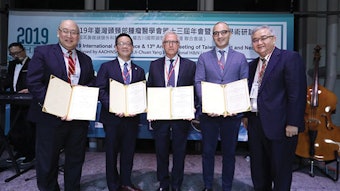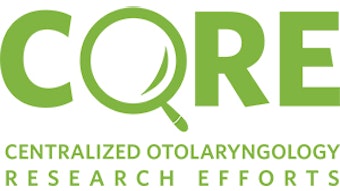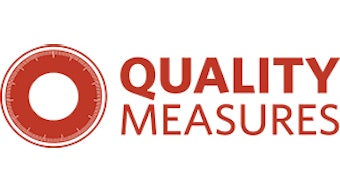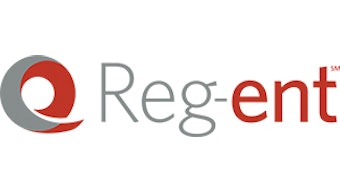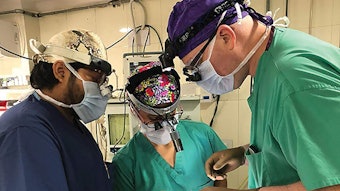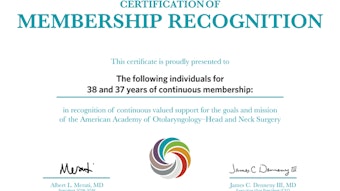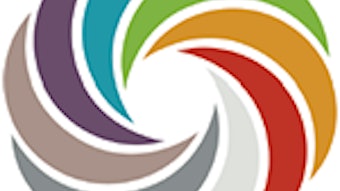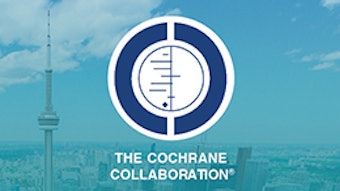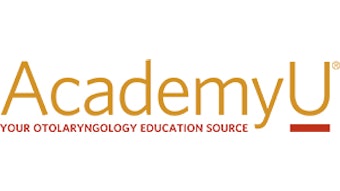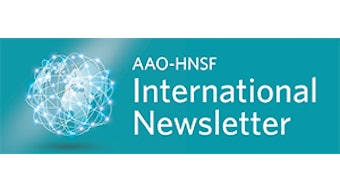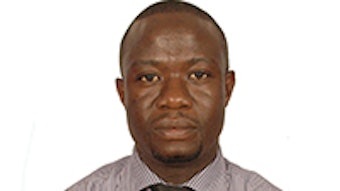Humanitarian Grant: Bright smiles in Nepal
I had the opportunity to travel to Kathmandu, Nepal, to visit the Nepal Cleft and Burn Center in December 2018. My experience was truly humbling, educational, and rewarding.
By: Yin Ren, MD, PhD
Fifth-year resident in Otolaryngology, Massachusetts Eye and Ear / Harvard Medical School
I had the opportunity to travel to Kathmandu, Nepal, to visit the Nepal Cleft and Burn Center in December 2018. My experience was truly humbling, educational, and rewarding.
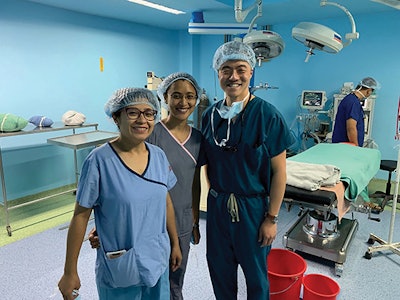 Left, Dr. Pramila Shakya; Center, Dr. Leeza Pradhan; Right, Dr. Yin Ren
Left, Dr. Pramila Shakya; Center, Dr. Leeza Pradhan; Right, Dr. Yin RenThe Nepal Cleft and Burn Center is located on the fringes of Kathmandu, a valley just outside the capital city. What began as a small hospital of 15 beds in 2006 has rapidly grown to become the country’s largest burns center, with more than 100 beds and a staff of 12 plastics and oral maxillofacial surgeons. One of the center’s main missions is also providing free care to those with cleft lip and palate deformities through five surgical camps in far remote areas of rural Nepal. I first learned about this amazing work through a CNN documentary featuring “Surgical Scouts” (https://www.entnet.org/content/providing-surgery-unreachable-nepal-cnns-vital-signs), an effort led by Shankar Rai, MD, a Nepalese plastic surgeon and David A. Shaye, MD, a facial plastics surgeon and one of my mentors.
Over the course of two weeks, I worked closely with two maxillofacial surgeons, Pramila Shakya, MD, and Leeza Pradhan, MD. We began each day with a morning conference where admissions and cases were discussed. I gave several didactic lectures to the surgical staff and residents on various topics related to head and neck reconstruction and facial reanimation. Following this, we went to clinic and screened patients, many with unique craniofacial abnormalities who travelled from all over Nepal.
The remainder of the day was spent in the operating room. I met with parents who were incredibly grateful for the life-altering surgeries their child received and patients who thanked us constantly for helping them heal through difficult burn injuries. In the OR, the team of surgeons, anesthesiologists, and nurses worked seamlessly and efficiently. I assisted in a large variety and volume of cases and learned different techniques for cleft lip and palate reconstruction, local flaps for complex lip and nasal reconstruction, and many more.
I was also fortunate to travel with Dr. Rai to Pokhara, a city located in western Nepal, to visit one of the surgical outreach centers. Along the way there, we met with many patients who had their surgeries such as cleft lip and palate repairs many years ago. Their bright smiles left a lasting impression and reaffirmed the purpose of our work: to bring surgical care to the unreachable in Nepal. I am deeply thankful for the American Academy of Otolaryngology–Head and Neck Surgery Foundation’s Humanitarian Travel Grant that allowed me to make this trip to learn about cleft surgeries and to share our knowledge.

